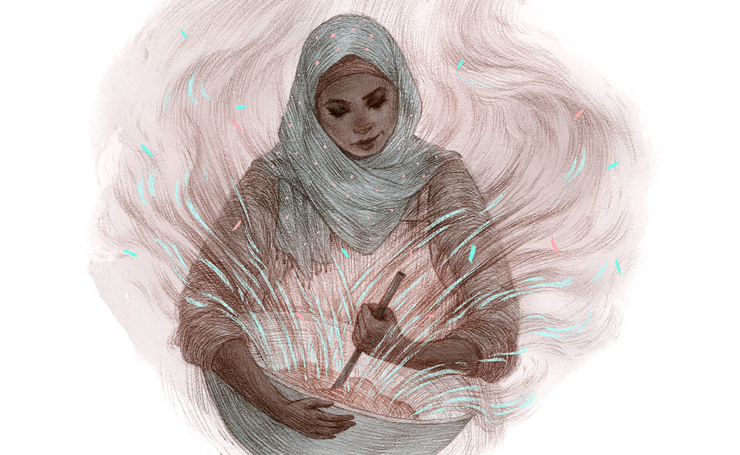Fantasy fiction has a sweet tooth. It seems that worlds full of magic and mayhem need sugar to keep their denizens powered through endless winters, strange adventures, and harrowing school years. We’ve assembled a brief chronology of tales with a sugary bite (eschewing video games for the time being—the Mario games alone could fill a book with candy worlds) that contain our favorite (and often very magical) cakes, cookies, and candies—from an edible cottage set deep in the woods, to the enchanted sweets hidden in the robes of our favorite Headmaster…
“Hansel and Gretel” (1812)
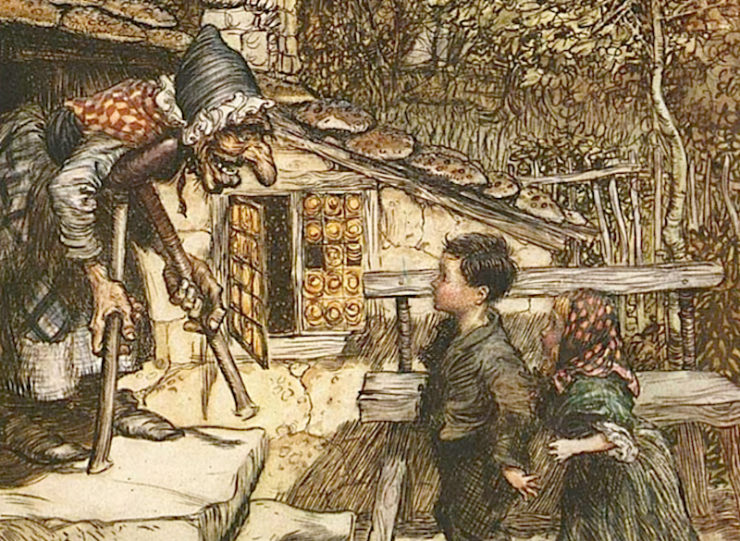
Hansel and Gretel live with their parents at the edge of a deep, dark, extremely Germanic forest. Their parents decide it costs too much to feed them, and concoct a plan to take the siblings into the forest and abandon them. But, as poor woodcutters tend to live in small houses, the kids overhear the nefarious plot and Hansel plans their escape via breadcrumb trail, but doesn’t stop to think about the existence of birds. (Whomp, whomp.) Lost and afraid, the kids come upon a house made of cake, decorated with candies and clear sugar windows, and make the only rational decision: they stuff themselves. The witch who owns the house overreacts slightly, caging Hansel so she can fatten him up and eat him, and forcing Gretel to clean the sugary house. Once the witch decides to cook Hansel, Gretel tricks her into demonstrating how the oven works by climbing halfway inside it (???) at which point the clever girl shoves the witch all the way in and cooks her alive. The kids find the stash of precious jewels that the witch had, because of course she did, and head back home. Their mother/stepmother has died while they were away, and now their dad (who was never really on board with the abandonment scheme, honest!) is only too happy to welcome them, and their sudden wealth, back home.
The Nutcracker and the Mouse King (1816)

When little Marie helps her family’s nutcracker defeat the seven-headed Mouse King by offering him the sword from her brother’s toy hussar, she doesn’t expect that the nutcracker’s success will cap off with a journey to a magical kingdom. This doll kingdom is built with sweets of all sorts, and was once attacked by a giant (aptly named Sweettooth), who tried to eat the whole dang lot of it. The denizens of doll kingdom hashed out a deal, offering the giant a portion of their kingdom to feast upon if he promised to leave and never return. The deal worked out in their favor, and once Marie breaks the curse on the nutcracker and he morphs back into a handsome fellow, he returns and asks her to marry him. She agrees, and he comes back a year later to whisk her away to the doll kingdom, where they live in Marzipan Castle.
Alice’s Adventures in Wonderland (1865)
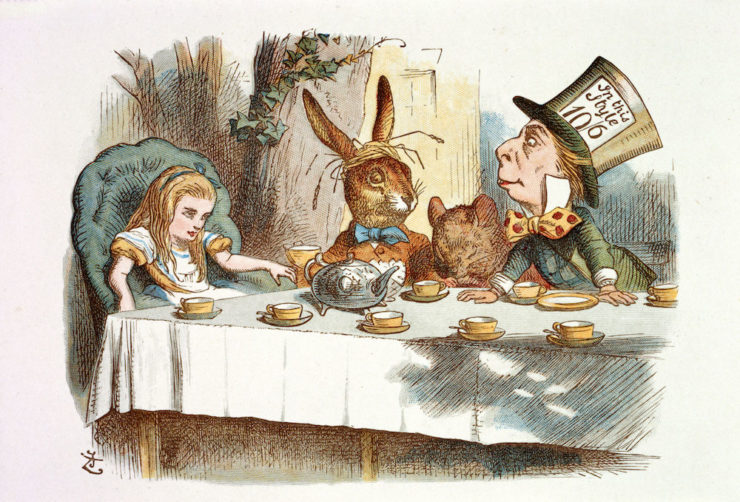
Alice’s first stumbling steps through Wonderland are characterized by transformative food. First, a potion bottle bearing the words DRINK ME and the most peculiar flavor combination (cherry tart, custard, pineapple, roast turkey, toffee, and hot buttered toast, all mixed together) that shrinks her down so she can slip through a tiny door. Then, in the next room, a cake saying EAT ME (arranged charmingly in currants) that makes her grow several sizes larger in order to reach the key she needs to continue her journey. Even without knowing what these magical offerings would do to her, she commits to the experience, saying to herself, “I know something interesting is sure to happen whenever I eat or drink anything.” Despite the Mad Hatter’s Tea Party being an archetypal set piece from Lewis Carroll’s surreal tale, the true significance of the story is in these early amuse-bouches, and Alice’s trust in following instructions and seeing where it takes her.
The Moomins and the Great Flood (1945)
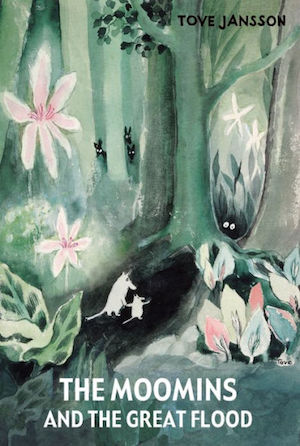
If you’re a fan of Tove Jansson’s lovable children’s book series from Finland, you know that Great Flood was the very first Moomin book ever published (it’s often considered something of a prequel, as it doesn’t contain many of the characters that are central to the series). In it, Moominmamma and Moomintroll head into the perilous forest to find Moominpapa, after he goes adventuring with the Hattifatteners. They are attacked by a great big snake, but helpfully saved by a young girl named Tulip. Eventually, Moominmamma and Moomontroll happen upon the home of an old man who has a garden made of sweets. He invites them to live there, but Moominmamma and Moomintroll have a lot to do yet, so hey continue on their way.
The Lion, the Witch, and the Wardrobe (1950)
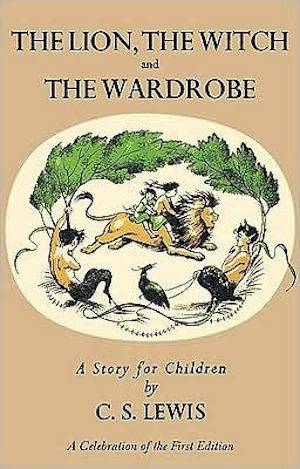
“At first Edmund tried to remember that it is rude to speak with one’s mouth full, but soon he forgot about this and thought only of trying to shovel down as much Turkish Delight as he could, and the more he ate the more he wanted to eat, and he never asked himself why the Queen should be so inquisitive.” One must remember the dark side of confectionery indulgence. Edmund Pevensie sells out his entire family, and very nearly dooms Narnia, all because he’s too busy stuffing himself to remember the lessons of Hansel and Gretel. The type of Turkish Delight you’ll usually find in the U.S. or England doesn’t really live up to Edmund’s rhapsodies, and yes, there is a fascinating historical reason for that. But gosh does C. S. Lewis ever make Turkish Delight seem like a damnation-worthy treat.
Charlie and the Chocolate Factory (1964)
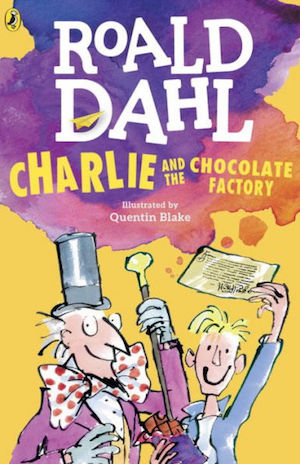
Nowhere captures the imagination quite like Willy Wonka’s chocolate factory, full of singing Oompa-Loompas, and great glass elevators, and confections galore. What’s mesmerizing about this particular landscape is that—much like the witch’s house in Hansel and Gretel—the candy that Wonka makes can lead you somewhere very dark indeed. Augustus Gloop nearly drowns in the Chocolate River, Violet Beauregarde becomes a giant blueberry after insisting on trying an experimental three-course dinner gum, Veruca Salt is tossed in the trash after being dubbed a “bad nut” by working squirrels, and Mike Teavee is shrunk to the size of an action figure when he demands to get in on the technology Wonka is developing to send chocolate via television. The ideas in Wonka’s factory are truly bombastic and eye-opening, but it’s a mistake to take them at face value. The biggest tip-off that all that candy might not be worth the effort is Wonka himself, especially as played by Gene Wilder in the 1971 film version (and especially during that vertigo-inducing boat ride sequence…)
The Harry Potter Series (1998)
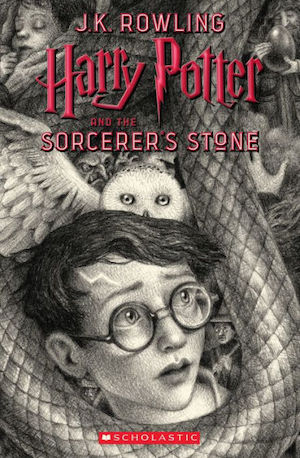
It’s a wonder that Hogwarts students and faculty ever explored the rest of Hogsmeade, when Honeyduke’s shop has everything they could need: “creamy chunks of nougat, shimmering pink squares of coconut ice, fat, honey-coloured toffees”; Fizzing Whizzbees, Pepper Imps, Drooble’s Best Blowing Gum; and, of course, blocks and blocks of chocolate. With its mood-enhancing properties against Dementors, who can blame Harry and co. for stocking up? The only reason to leave Honeyduke’s is to pop over to the Hog’s Head to cap things off with some stomach-warming butterbeer. In the world of Harry Potter, sugar is nothing short of magic.
Beneath the Sugar Sky (2018)
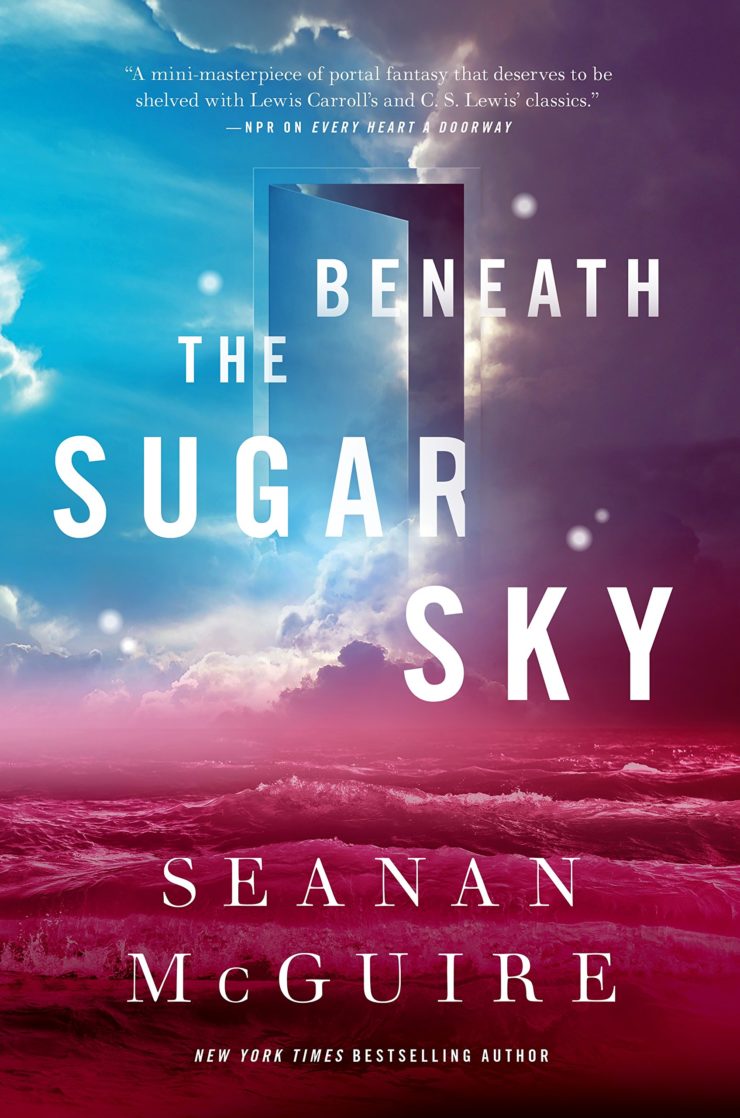
Seanan McGuire’s Wayward Children series features countless portal worlds that children stumble and creep their way into—and one of them is called Confection. It takes its role as candy world a bit more seriously than others: The practical application of sugar as infrastructure means a lot of the world is sticky. There’s a sea of strawberry rhubarb soda, which isn’t exactly the most pleasant thing to swim in—unless you’re from Confection, and can breathe the sea. According to our axis of portal worlds, Confection is pretty firmly on the Nonsense end of the spectrum for that reason. It also means that everything is edible, of course, though you might want to pluck cake pops from trees instead of dipping into the dirt. As a portal world, it is both committed to its concept and gleefully disdainful of anything resembling logic, with the world itself reshifting so that any tasty destination is only a day’s walk—very helpful when you’re on an important quest! But beware the dark heart at Confection’s core, and don’t be distracted by all the sugary layers; as one of its intrepid adventurers explains, “Confection is like a jawbreaker. Layers and layers and layers, all stacked on top of each other, going all the way down to the very middle, which is just this hard little ball of rock and sadness. Sort of like your world, only smaller.”
Add your sugary picks in the comments!
Originally published in January 2018.










